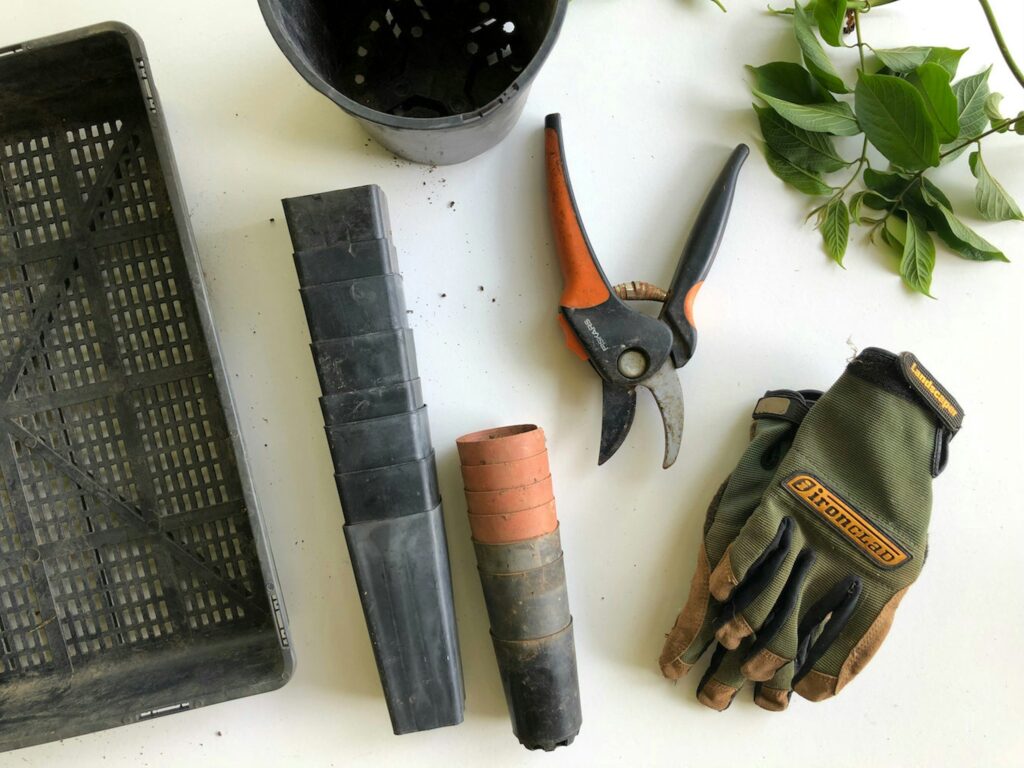As the temperature climbs and the days lengthen, your lush garden oasis begins its true test against the scorching summer sun. “Essential Summer Lawn Care Tips for Beginners” serves as your comprehensive guide to navigating the complexities of lawn maintenance during the hotter months. It underscores the pivotal practices of watering, mowing, and applications (fertilizing and weed control) that are instrumental in fortifying your lawn’s health and vitality. This article elucidates strategies such as the optimal watering schedule to maximize moisture absorption, the importance of adjusting your mowing height for improved grass resilience, and the judicious application of fertilizers and weed treatments to enhance growth without causing harm.
Furthermore, the guide accentuates the necessity to adapt lawn care tactics in response to fluctuating weather conditions, thereby ensuring your grass remains verdant and robust. It details practical measures like employing a rain gauge to monitor water intake accurately, and recommends the best times for watering and mowing to prevent stress and disease in your lawn. Additionally, the article highlights the importance of selecting the right fertilizer and the most effective approach to weed control during the peak summer heat. With tailored advice from experts, including recommendations on where to source quality lawn care supplies, you are equipped to maintain a healthy, thriving lawn throughout the season.

This image is property of i.ytimg.com.
Understanding Your Lawn’s Needs
Proper lawn care begins with a thorough understanding of your lawn’s specific requirements. Every aspect, from the type of grass to the quality of the soil, plays a crucial role in how you should approach your lawn care routine.
The importance of knowing your grass type
Knowing your grass type is the first step to effective lawn care. Different grass varieties have distinct needs, including varying water, sunlight, and fertilization requirements. For example, Kentucky Bluegrass, often found in cooler climates, may have different maintenance needs compared to Bermuda grass, which thrives in warmer temperatures.
Assessing your soil type and quality
The health of your lawn is directly linked to the quality of the soil underneath. Soil types can significantly impact water retention, nutrient availability, and aeration. Conducting a soil test can reveal important information about its pH level and the presence of essential nutrients, enabling you to make informed decisions about amendments and fertilizers.
Sunlight and shade requirements for your lawn
Understanding the sunlight and shade your lawn receives is vital. Grass varieties have specific light requirements, with some needing full sun to thrive and others adapted to lower light conditions. Assessing the patterns of sunlight and shade across your lawn allows you to choose the right type of grass and manage it effectively.
Watering Your Lawn
Maintaining a healthy lawn during the summer requires diligent watering practices.
Determining how much water your lawn needs
A general rule of thumb is that lawns need approximately 1 to 2 inches of water per week, whether from rainfall or irrigation. This amount supports deep root growth, which is essential for a resilient and healthy lawn.
Best times to water to reduce evaporation and disease
To minimize water loss through evaporation and mitigate the risk of lawn diseases, it’s best to water your lawn in the early morning hours. Watering in the evening can leave the grass damp overnight, which can foster disease development.
Using a rain gauge to measure water application
Employing a rain gauge is a straightforward method to ensure your lawn receives the right amount of water. By measuring the rainfall and irrigation, you can adjust your watering practices accordingly to meet your lawn’s needs without overwatering.
Mowing Techniques
Mowing is more than just an aesthetic practice; it’s a vital part of lawn health, especially in the summer.
The right height for mowing in summer
In the summer months, raising the mower blade can help protect grass roots and retain soil moisture. This practice encourages deeper root growth, vital for withstanding drought conditions.
Frequency of mowing to reduce stress
Frequent mowing, without removing more than one-third of the grass blade length at a time, is key to reducing stress on your lawn. This approach encourages healthier, denser grass growth and limits opportunities for weeds to establish.
Avoiding mowing in extreme heat
It’s best to avoid mowing during the hottest part of the day or during heatwaves. Mowing under these conditions can stress the grass further and jeopardize its health.
Fertilizing
Fertilization is critical for maintaining a lush, green lawn, but it’s essential to do it correctly, especially in the summer.
Choosing the right fertilizer for summer
Opt for a fertilizer high in nitrogen to promote vibrant green growth. However, it’s important to follow the manufacturer’s instructions and conditions favorably forecasted for application, such as cooler temperatures or anticipated rain, to avoid burning the grass.
Understanding nitrogen’s role in lawn health
Nitrogen is a key nutrient that supports the green growth of your lawn. It helps improve its density and color, making it essential for summer lawn care. But it must be applied in the right amount; too much can harm your lawn.
Proper application timing to avoid burning
The timing of fertilizer application significantly affects its efficacy and the health of your lawn. Avoid fertilizing during peak daytime temperatures to prevent nutrient burn and stress on your grass.

This image is property of images.unsplash.com.
Weed Control
Weed control during the summer can be challenging, but with the right strategy, it’s manageable.
Identifying common summer weeds
Understanding the types of weeds that invade your lawn during summer is the first step to effective control. This knowledge will help you choose the appropriate method and timing for treatment.
Spot treating weeds effectively
Spot treatment is a conservative approach that minimizes damage to the grass. It allows you to target weeds directly without exposing the entire lawn to herbicides, which is particularly important during the stress of summer heat.
Preventative measures for weed control
Implementing preventative strategies, such as maintaining a healthy lawn through proper mowing, watering, and fertilizing, will deter weed invasions. A thick, healthy lawn leaves little room for weeds to establish.
Aeration and Dethatching
Summer is an excellent time for some lawns to undergo aeration and dethatching, depending on your climate and grass type.
The benefits of lawn aeration in summer
Aeration improves soil structure, enhances water infiltration, and helps oxygen reach the roots, which can be particularly beneficial during the hot summer months when soil can become compacted.
How and when to dethatch your lawn
Dethatching removes the layer of dead grass and organic material that can suffocate your lawn. Doing this during the right time in summer, when your grass type is actively growing, helps ensure a quick recovery.
Tools required for aeration and dethatching
Using the correct tools, such as a lawn aerator for aeration and a dethatching rake or machine for dethatching, makes the process more efficient and effective, leading to a healthier lawn.

This image is property of images.unsplash.com.
Dealing with Pests
Summer can bring an array of pests that threaten the health of your lawn.
Common lawn pests in summer
Identifying common pests, such as grubs, chinch bugs, and sod webworms, is critical. Early identification allows for timely intervention to minimize damage.
Natural and chemical methods for pest control
There are both natural and chemical solutions to pest problems. Whenever possible, opt for environmentally friendly solutions that target pests without harming beneficial organisms or the wider ecosystem.
Preventing pest infestations
Preventative measures, including maintaining a healthy lawn and monitoring for early signs of pests, are essential for minimizing the likelihood and impact of infestations.
Lawn Diseases
Disease can quickly compromise your lawn’s health, especially under the stress of summer conditions.
Identifying signs of disease in your lawn
Familiarizing yourself with common symptoms of lawn diseases, such as discolored patches or unusual growth patterns, can help you catch issues early before they spread.
Common lawn diseases in summer
Diseases like brown patch, dollar spot, and powdery mildew often flare up in the summer. Knowing how to identify these diseases is the first step in managing them effectively.
Treatment and prevention of lawn diseases
Cultural practices such as proper watering, mowing, and fertilizing can prevent many common diseases. When treatment is necessary, choose the least toxic option that is effective against the specific disease impacting your lawn.

This image is property of images.unsplash.com.
Choosing the Right Tools
The right equipment can significantly impact the effectiveness and efficiency of your summer lawn care routine.
Essential tools for summer lawn care
Invest in quality tools that match the needs of your lawn size and complexity. Essential tools include a reliable lawn mower, watering equipment like sprinklers or hoses, and a set of gardening tools for aeration and dethatching.
Maintenance of lawn care equipment
Regular maintenance of your lawn care equipment ensures their longevity and effectiveness. This includes cleaning, sharpening blades, and storing them properly after use.
Recommendations for eco-friendly tools
Consider eco-friendly lawn care tools that minimize environmental impact, such as manual or electric mowers and natural pest control methods. These options support a healthy lawn and a healthy planet.
Conclusion
The importance of consistency in lawn care
Consistency in watering, mowing, fertilizing, and pest control is key to maintaining a healthy lawn throughout the summer. Adapting your care routine to the current weather and lawn conditions will ensure your grass remains vibrant and strong.
Learning and adapting your approach
Lawn care is an ever-learning process. What works one season may need adjustment the next. Stay informed, observe your lawn closely, and be willing to adapt your practices as necessary.
Resources for further learning and supplies
Consider consulting local garden centers, extension services, or online resources for further learning and supplies. They can offer region-specific advice and high-quality products to help you maintain your summer lawn.
A diligent and informed approach to lawn care can transform your yard into a lush, healthy landscape that thrives even under the summer sun’s challenges.

